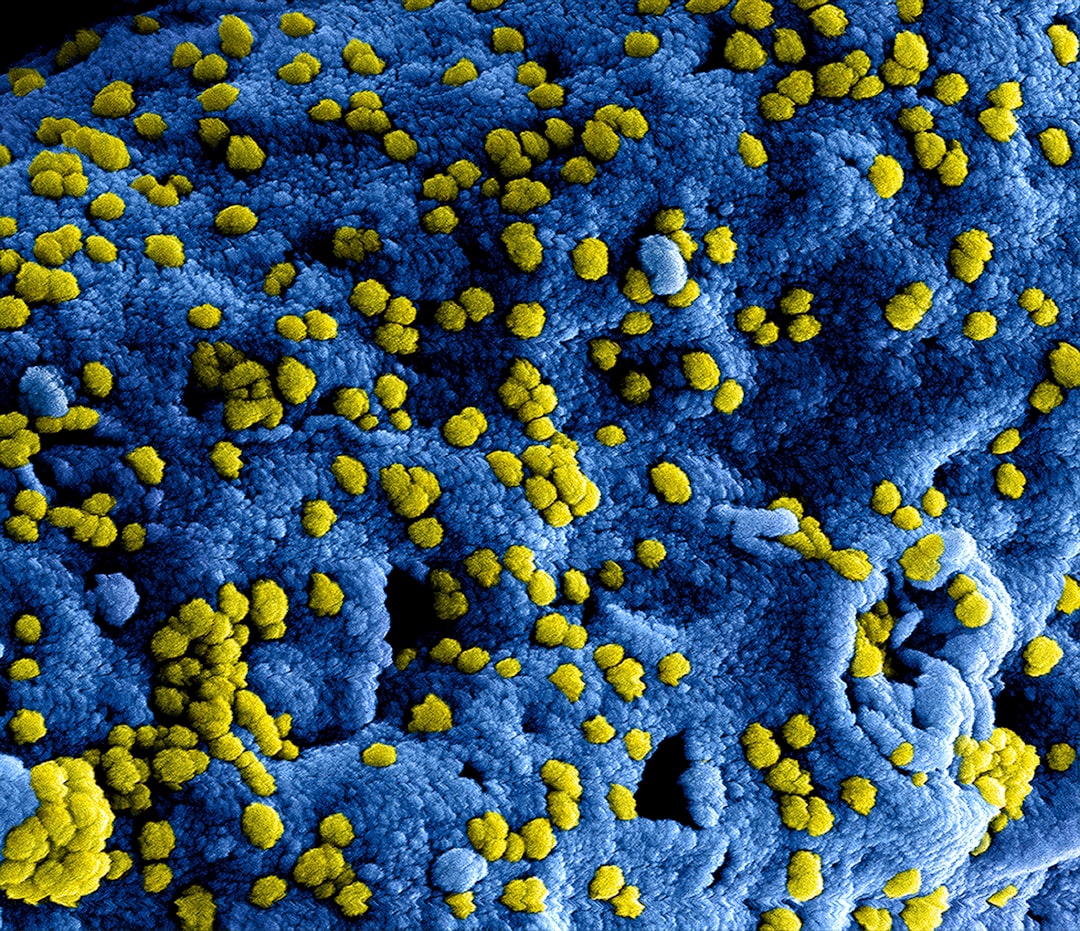What is it about?
CRISPR has the power to cure genetic disease if we understand which genetic change to make. C9orf72 is the leading known genetic cause of both FTD and ALS. This article compares three CRISPR gene editing approaches to correct the C9orf72 repeat expansion mutation to determine which can prevent disease pathology in human-iPSC derived neurons. Removing the repeat expansion from DNA was critical to successfully silencing all of the pathological hallmarks of C9-FTD/ALS.
Featured Image

Photo by Sangharsh Lohakare on Unsplash
Why is it important?
How do we know which CRISPR edit will be curative? This work creates a roadmap to compare CRISPR editing approaches to dominant gain-of-function mutations in patient-donated human cells, and is particularly applicable to repeat expansion disorders.
Perspectives
This collection of experiments if the result of the hard work and perseverance of many trainees in my group who share a vision that CRISPR gene therapy can revolutionize the treatment of fatal genetic neurodegenerative diseases. He we move closer to making this vision a reality.
Claire Clelland
UCSF Weill Institute for Neurosciences
Read the Original
This page is a summary of: Reversal of
C9orf72
mutation-induced transcriptional dysregulation and pathology in cultured human neurons by allele-specific excision, Proceedings of the National Academy of Sciences, April 2024, Proceedings of the National Academy of Sciences,
DOI: 10.1073/pnas.2307814121.
You can read the full text:
Contributors
The following have contributed to this page










